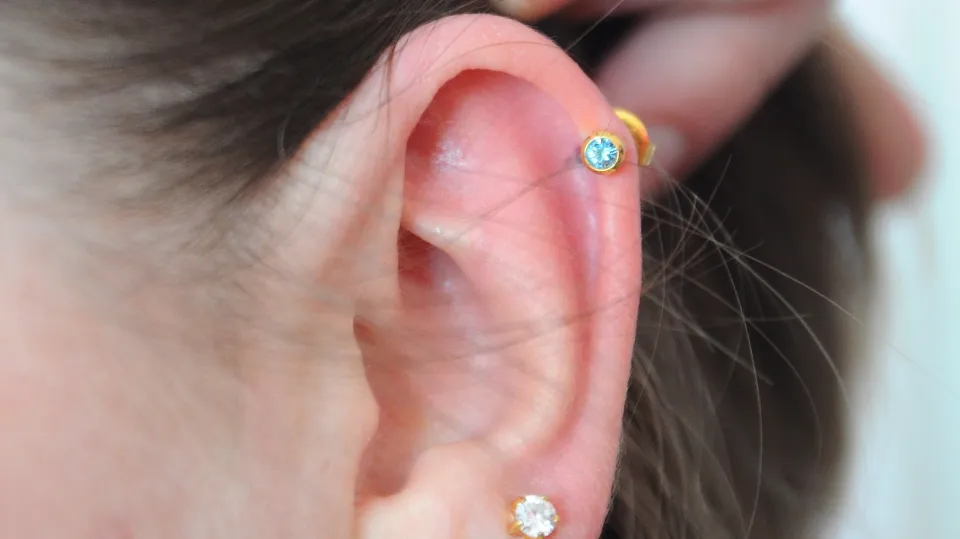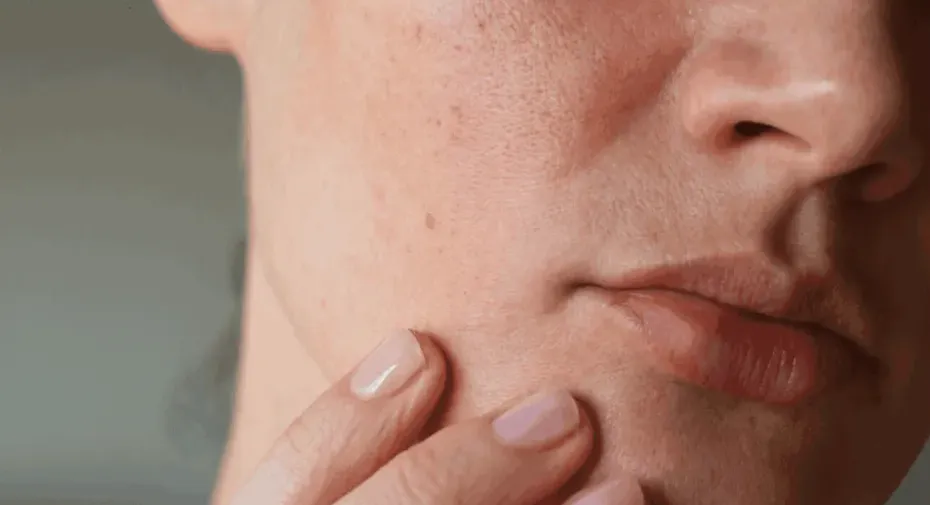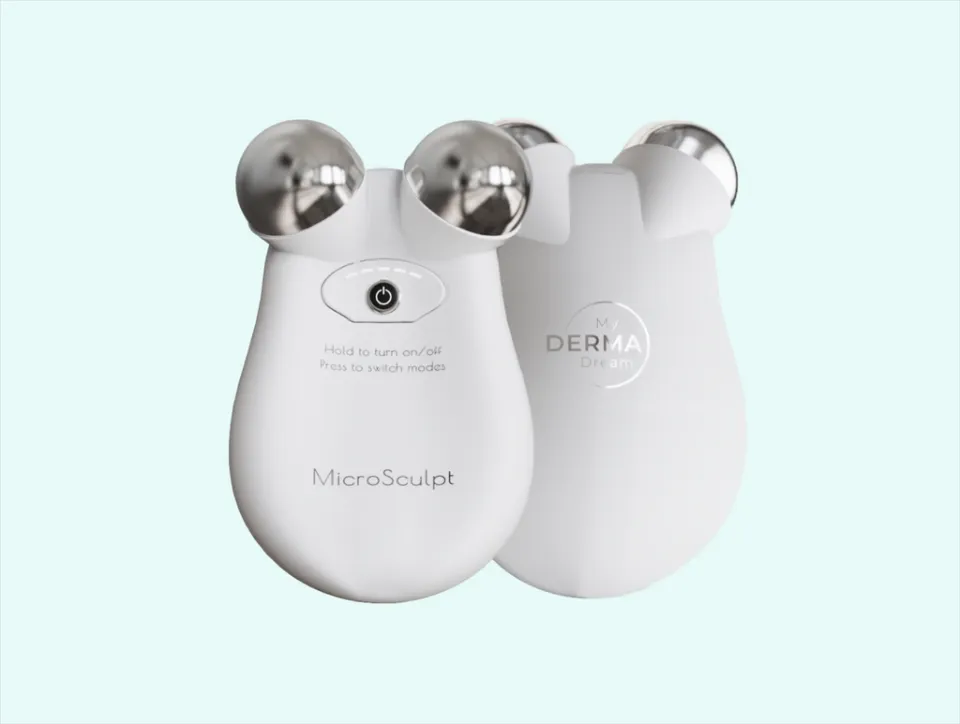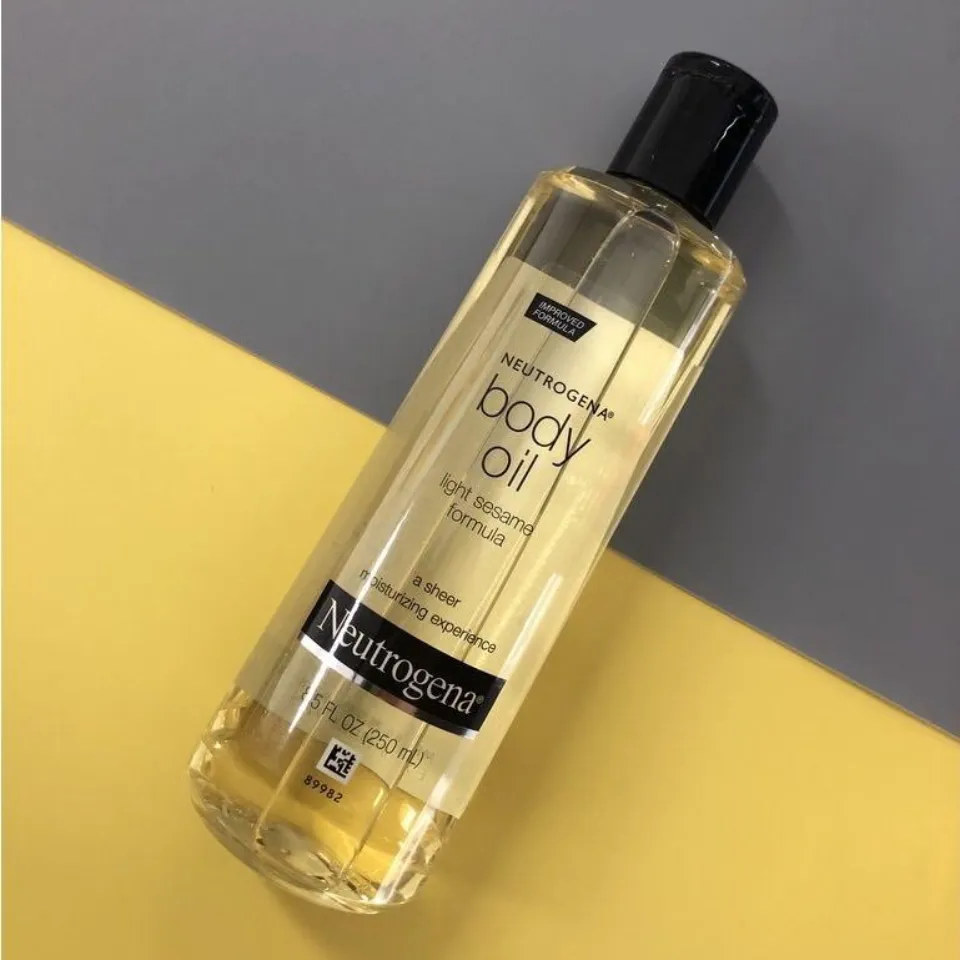Although piercing bumps and keloid scars can initially appear the same, there are ways to tell them apart. We’ve put this piercing bump vs keloid article together to help you understand the difference between keloids and piercing bumps.
Piercing bumps and keloids are two different skin conditions that can develop following a piercing. While keloids develop gradually and have the potential to continue growing, piercing bumps appear quickly and do not.
We will go over both possible treatments as well as any other conditions that might result in skin problems after getting a piercing.
What Are Piercing Bumps?
Piercing bumps are small lumps that can appear after a piercing. They frequently happen after piercings of the cartilage, such as those of the nose or upper ears.
When the body’s immune system reacts to the wound and starts the healing process, piercing bumps develop. The bump is brought on by the inflammation that results from this response.
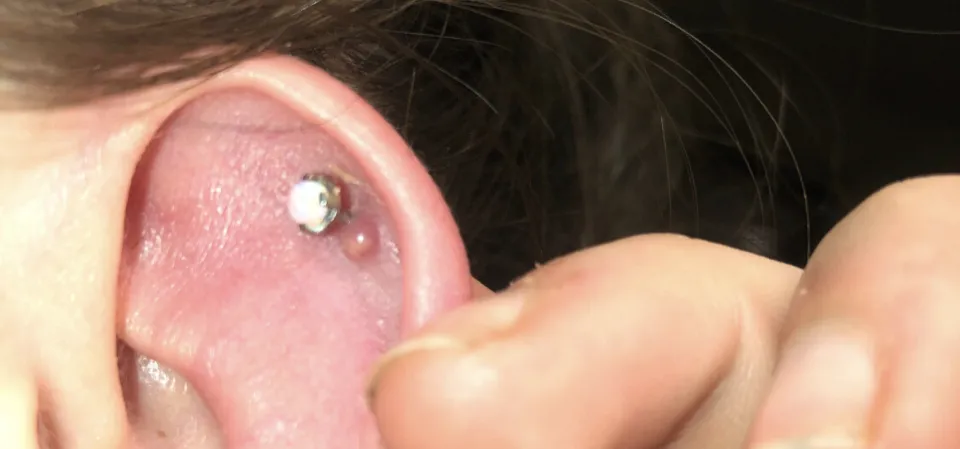
In the first few weeks following a piercing, a person may experience bleeding, bruising, and some swelling there. They are all typical symptoms. Other symptoms that are not typically a cause for concern may include:
- itching
- some whitish fluid coming from the site of the wound
- crusting around the piercing jewelry
How Long Does a Piercing Bump Last?
Inflammation, also referred to as piercing bumps, and irritation are common after piercing, but these symptoms should subside within a week.
After two weeks, if there has been no improvement, the patient should go back to the piercer for guidance and to make sure the piercing is being properly cared for.
You May Also Like: Ashley Piercing
What Are Keloids?
A keloid is a raised scar that develops after skin trauma or injury. Sometimes, this type of scar may appear after a piercing.
Overgrowth of fibrous tissue is what causes keloid formation. In response to injury, cells in the skin — called fibroblasts — produce excessiveTrusted Source collagen, which leads to the development of a keloid.
It may take 3 to 12 months after the initial injury for keloids to form. Raised scars that are initially any color—pink, red, purple, or brown—and usually get darker with time. The keloid’s location and the person’s skin tone can affect how it looks.
Early keloid scars are typically round or oval. They can continue to grow over time, either quickly or slowly, and they can get very big.
Keloids can have different textures. They can have a soft, doughy or a hard, rubbery feel. Other symptoms that a person with a keloid scar may experience include:
- Pain
- Itchiness
- Tenderness
How to Tell the Difference Between Keloid and Bump
If you’re unsure whether you have a keloid or piercing bump, pay attention to three key characteristics: how long it lasts, where it develops, and how far it spreads.
- Timing: According to Ciraldo, a piercing bump is a temporary area of swelling. Alternatively put, it won’t last forever. Instead, she says, it will shrink every week, frequently going away (or becoming almost invisible) after six weeks. On the flip side, a keloid is a permanent bump. The American Academy of Dermatology Association states that it might also continue to grow over the course of several weeks, months, or even years, either slowly or quickly.
- Placing: Regarding how close to the surface of your skin they are, the lesions vary. A piercing bump is under the surface of your skin, says Ciraldo, so when you touch the area, it will only become more obvious. Meanwhile, a keloid grows on top of the skin’s surface, so it will be easily visible and palpable, she notes.
- Space: Finally, the “span” of a piercing bump vs. keloid is significantly different. A piercing bump typically only extends to the piercing hole; in some cases, it may resemble a tiny flesh-colored ball under the earring. A keloid, on the other hand, is more likely to grow outside of the original piercing.
Treatment for Piercing Bumps
Piercing bumps are a common sign of how the body reacts to injury and typically don’t need to be treated. To keep the area clean and prevent harmful bacterial infections, people can take some preventative measures. These treatments and precautionary steps include:
- enduring at least six weeks with the piercing jewelry in place, without changing or taking it out frequently.
- Hands should be washed before contacting the piercing.
- Use a saline solution or gentle soap and water to clean the piercing once a day
- after bathing or showering, drying the piercing area with a clean cotton pad is preferable to using a towel, which can further promote bacterial infection.
Treatment for Keloids
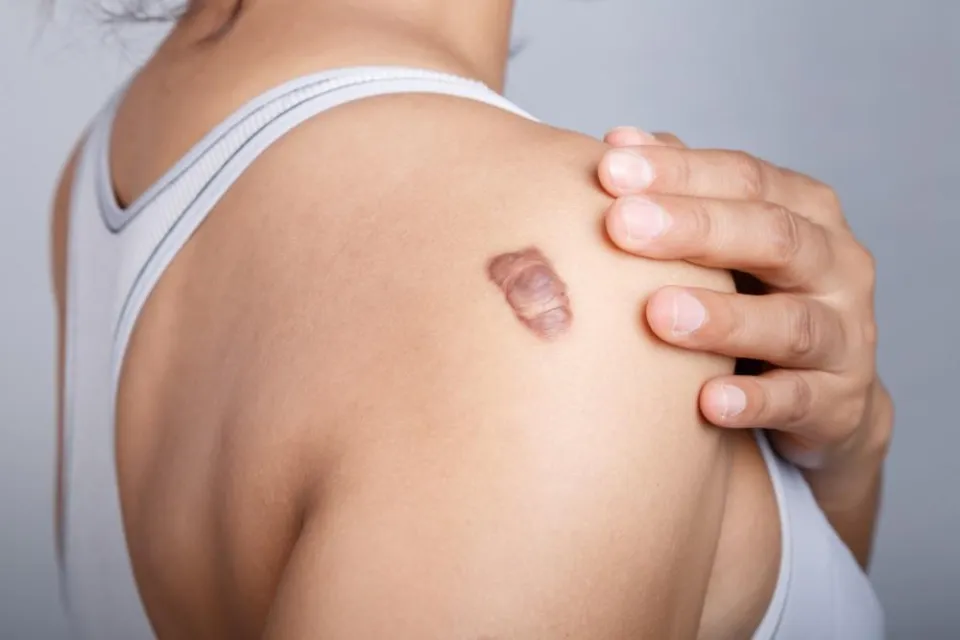
Keloids can be treated in a number of ways. The kind and size of the keloid are just two of the variables that may determine the best course of treatment. Treatment options include:
- Corticosteroids: This kind of medication can aid in keloid reduction. According to the AAD, people typically need four injections, one every three to four weeks. Additionally, they claim that 50–80 percent of keloids shrink after corticosteroid injection.
- Surgery: A surgeon can surgically remove the keloid. Keloids, however, can come back even after surgical removal.
- Laser treatment: Laser treatment can help flattenTrusted Source the keloid scar and make it fade.
- Cryotherapy: Small keloids can be treated effectively with this method. Cryotherapy involves freezing the keloid to soften it and shrink it. Darker skin types shouldn’t use cryotherapy because it could cause changes in skin pigmentation.
The AAD advises those who are aware of their propensity for keloids to refrain from getting piercings.
When to Speak With a Doctor
It’s always a good idea to watch for any specific changes in your skin after getting any type of piercing. If the piercing site or the surrounding area begins to swell, hurt, crust, or become discolored (red or darkened skin), you should consult a dermatologist as soon as possible.
If you’ve had a painless bump for longer than six weeks, the same steps should be taken. This kind of bump might be a keloid, which is treatable and manageable if found early.
Summary on Piercing Bump Vs Keloid
Piercing bumps and keloids are different skin conditions that can occur following a piercing. While keloids take time to form and can grow over time, piercing bumps typically appear more quickly and do not enlarge.
If you’re unsure, go to the doctor, especially if the bump is expanding quickly or oozing pus or blood. By doing so, the chance of post-piercing complications and long-term side effects will be reduced.
FAQs about Piercing Bump vs Keloid
Will My Piercing Bump Go Away If I Take It Out?
You cannot get rid of a keloid on your own and it won’t go away like other piercing bumps, even if you remove the jewelry.
Should I Remove My Piercing When I Have a Keloid?
The healing process can be slowed down by piercing and can irritate the skin. Do not attempt to completely remove the metal jewelry because doing so could cause the piercing hole to close and trap the infection.
Will the Bump on My Piercing Heal on Its Own?
Genes, allergies, or poor aftercare after getting pierced are the usual causes of piercing bumps. In most cases, they disappear on their own. If not, the appropriate therapy can completely get rid of them.
Why Piercing Bump Won’t Go Away?
If you still have a bump after the initial swelling subsides, it may be:
- A pustule
- a pus-filled blister or pimple.
- A granuloma
- A lesion that occurs about 6 weeks after a piercing

